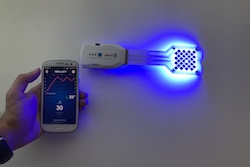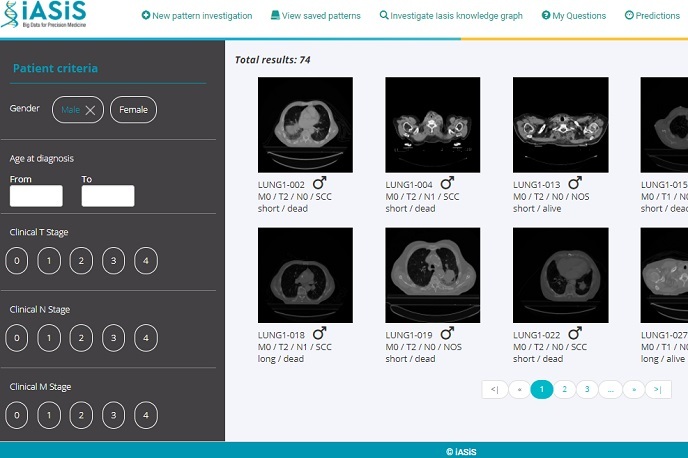Neuronal spiking patterns and memory
It is generally accepted that activity in neuronal ensembles plays a critical role in memory. However, the actual temporal distribution of that activity is not well known. One experimental measure of activity is neuronal spiking — very brief changes in the electrical potential are recorded in the vicinity of many neurons or a single neuron. EU funding of the project 'Temporal spiking precision underlying memory measured by neuronal recordings and photo-stimulation' (TSPUMMNRPS) enabled scientists to study the effects of changes in spike patterns on memory. Researchers employed a well-established model of spatial memory (rats performing maze tasks). They developed a transgenic mouse line for optogenetic experiments and photo-stimulation of neurons. Through this, they disrupted the temporal characteristics of spiking activity but not the average overall discharge during performance. A cation channel in the cell membrane was opened leading to a flow of positive ions into the cells and a change in associated spiking. Results were published in the high-impact journal Nature Neuroscience. The strains are available to the neuroscience community. The team enabled recording in rats via an electrode array of 512 channels after significant reductions in weight and size of the recording apparatus. Results related to both the apparatus and experiments have been published or are in review at highly esteemed journals in the field (Science, Neuron, Journal of Neuroscience, Nature). Finally, the team investigated whether or not electrical stimulation delivered to the outside of the skull can be enough to disrupt synchrony in firing neurons. Scientists developed a system capable of detecting the evolution of epileptic activity in real time. Moreover, delivery of temporally precise electrical stimulation decreased the duration of such episodes by an impressive 60 %. Results and the methodology have been published in Science. The EU-funded project TSPUMMNRPS has placed an important piece in the puzzle of how memories are maintained. Advanced methodology and instrumentation developed will be invaluable in furthering understanding of mechanisms that play a role in healthy and diseased brain function.







